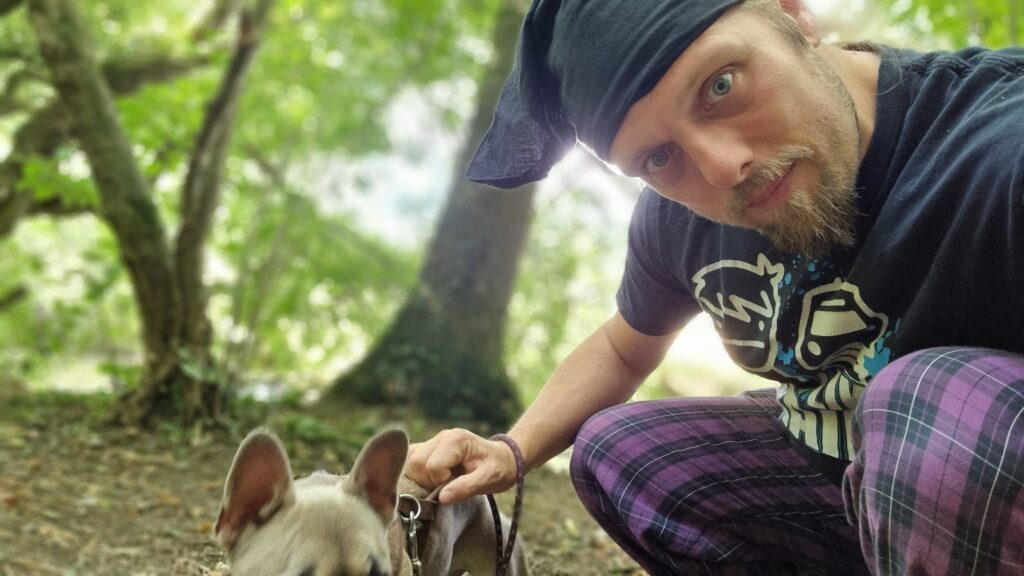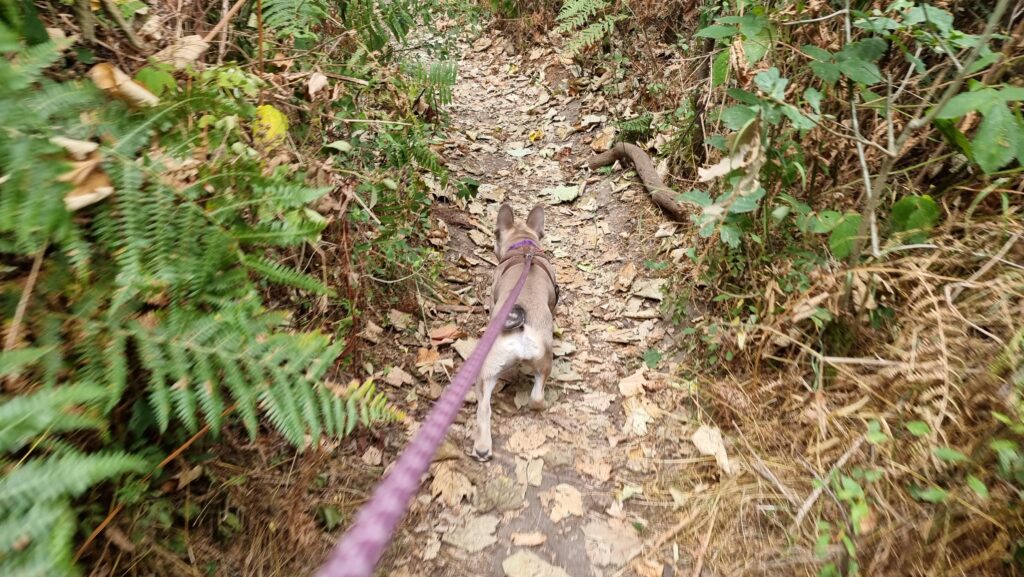I managed to dodge infection for 922 days of the Covid pandemic1, but it caught up with me eventually.

Frankly, it’s surprising that it took this long. We’ve always been careful, in accordance with guidance at any given time, nd we all got our jabs and boosters as soon as we were able… but conversely: we’ve got school-age children who naturally seem to be the biggest disease vectors imaginable. Our youngest, in fact, already had Covid, but the rest of us managed to dodge it perhaps thanks to all these precautions.

Luckily I’m not suffering too badly, probably thanks to the immunisation. It’s still not great, but I dread to think how it might have been without the benefit of the jab! A minor fever came and went, and then it’s just been a few days of coughing, exhaustion, and… the most-incredible level of brain-fog.

I’ve taken the week off work to recover, which was a wise choice. As well as getting rest, it’s meant that I’ve managed to avoid writing production code with my addled brain! Instead, I’ve spent a lot of time chilling in bed and watching all of the films that I’d been meaning to! This week, I’ve watched:
- Peggy Sue Got Married (y’know, that other mid-1980s movie about time travel and being a teenager in the 1950s). It was okay; some bits of the direction were spectacular for its age, like the “through the mirror” filming.
- Fall. I enjoyed this more than I expected to. It’s not great, but while I spent most of the time complaining about the lack of believability in the setting and the characters’ reactions, the acting was good and the tension “worked”: it was ocassionally pretty vertigo-inducing, and that’s not just because I’ve been having some Covid-related dizziness!
- RRR. Oh my god this Tollywood action spectacle was an adventure. At one point it’s a bromantic buddy comedy, then later there’s a dance-off, then for a while there’s a wonderful “even language can’t divide us” romance, but then later a man picks up a motorcycle with one hand and uses it to beat up an entire army, and somehow it all feels like it belongs together. The symbolism’s so thick you can spread it (tl;dr: colonialism bad), but it’s still a riot of a film.
- Cyrano, which I feel was under-rated but that could just be that I have a soft spot for the story… and a love of musical theatre.
- Also, at times when I didn’t think my brain had the focus for something new, I re-watched Dude, Where’s My Car? because I figured a stoner comedy that re-replains the plot every 20 minutes or so was about as good as I could expect my brain to handle at the time, and Everything Everywhere All At Once which I’ve now seen three times and loved every single one: it’s one of my favourite films.

Anyway: hopefully next week I’ll be feeling more normal and my poor Covid-struck brain can be trusted with code again. Until then: time to try to rest some more.
Footnotes
1 Based on the World Health Organisation’s declaration of the outbreak being a pandemic on 11 March 2020 and my positive test on 19 September 2022, I stayed uninfected for two years, six months, one week, and one day. But who’s counting?


